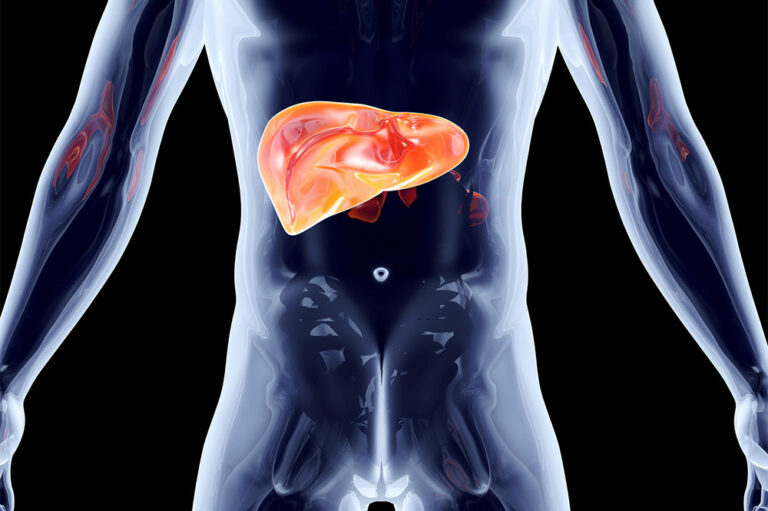
Vasculitis – 5 common signs to look out for
Vasculitis is an autoimmune disease that involves the inflammation of the blood vessels. Generally, blood vessels in the body carry blood through the different parts of the body by forming a circuit that starts and ends with the heart. But in the case of vasculitis, these blood vessels begin to thicken and swell, causing a reduction in blood flow. There are many types of the vasculitis; some can be short-term or long-lasting.
Let’s look at the symptoms of vasculitis for early diagnosis and timely management.
Weakness
While the health condition often manifests in the form of general symptoms, in some cases, the signs can indicate problems associated with the body part affected. For instance, weakness can stem from the nerves’ inability to get the needed amount of blood and oxygen.
Joint pain
As mentioned previously, vasculitis can have symptoms depending on the affected body part. It can lead to aches and other arthritis-related symptoms in cases where it affects the joints. Although not common across patients, some people with vasculitis can have swelling in the affected area, known as arthralgias. One can try moderate physical activity like slow walking to manage the condition and improve the quality of life.
Rashes
While this blood vessel inflammation disease can lead to a variety of rashes, one of the most common is palpable purpura – purplish red-colored spots often found on the legs. These rashes develop when the inflamed blood vessels begin to leak blood into the skin. Moreover, when left unattended, these rashes can make way for hyperpigmentation (darkening) in the affected areas.
Tingling or numbness
The peripheral nerves (a part of the nervous system located outside the brain and spinal cord) are one of the most common sites to be affected by this condition. So, in cases where the nerves are compromised, patients can experience numbness in the hands and feet. Chronic inflammation can cause a tingling sensation in the hands and feet resembling pins and needles. This may or may not be accompanied by a burning sensation in the arms and legs.
Shortness of breath
In some cases where the lungs are affected, patients may notice the development of pneumonia-like symptoms, including shortness of breath and coughing up blood-stained sputum. If left untreated, this can manifest into lung cavities and cause significant harm to the organs.
Besides this, the lungs may have to work harder than normal to provide the body with adequate oxygen, leading to another common vasculitis-related symptom – fatigue.
In addition to the signs of vasculitis mentioned above, one must be wary of dizziness, abrupt loss of hearing, double vision, ulcers, and bloody stools. It is important to consult a health professional if any signs of blood vessel inflammation disease are noticed since symptoms of the condition can mimic those of other health conditions and may go unnoticed. This consultation can lead to the early diagnosis of the underlying condition and pave the way for a treatment plan that works best for the patient.












